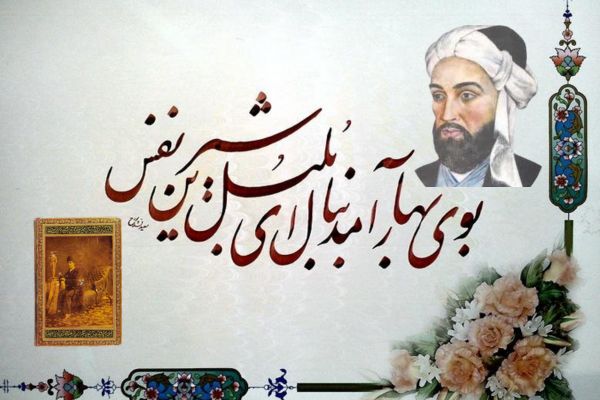Manuchehri Damghani (died c. 1040 CE) was a celebrated Persian poet of the Ghaznavid period, known for his masterful use of nature imagery and his innovative contributions to Persian lyric poetry. Born in Damghan, a city in present-day Iran, Manuchehri rose to prominence as a court poet under the patronage of Sultan Mahmud of Ghazni and his successor, Sultan Mas'ud I.
Life and Career
Manuchehri's early life remains largely undocumented, but he is believed to have received a traditional education, excelling in Arabic and Persian literature. His talent for poetry and mastery of the qasida (ode) form earned him recognition at the Ghaznavid court in Ghazni, one of the cultural and intellectual centers of the Islamic world at the time.
Manuchehri's poetic career flourished during the reigns of Sultan Mahmud and Sultan Mas'ud I. He composed qasidas and ghazals (lyrical poems) that often praised his patrons while demonstrating his skill in incorporating vivid descriptions of nature, seasons, and celebrations. His works reflect the grandeur of courtly life and the natural beauty of his surroundings, making his poetry a vibrant blend of artistry and vivid imagery.
Poetic Style and Contributions
Manuchehri is best known for his descriptive and lyrical poetry, which stands out for its originality and technical brilliance. He was one of the first Persian poets to draw heavily on natural themes, weaving elements such as gardens, flowers, birds, and the changing seasons into his work. His style is characterized by:
- Innovative Imagery: He frequently used rich and colorful metaphors, particularly related to nature and music.
- Fluent Language: His poems exhibit a rhythmic and musical quality, often influenced by Arabic prosody and vocabulary.
- Celebration of Courtly Life: His qasidas vividly depict feasts, royal courts, and the pleasures of life.
Manuchehri was deeply influenced by Arabic poetry, incorporating its forms and themes into Persian literature, and in doing so, he expanded the scope and sophistication of Persian poetry.
Works
Manuchehri’s Diwan (collected poems) is the primary source of his literary legacy. It includes qasidas, ghazals, and shorter poetic forms like quatrains. His poetry often celebrates the arrival of spring, wine-drinking gatherings, and the opulence of his patrons’ courts. One of his most famous qasidas begins with an intricate and vivid description of autumn and the migration of birds.
Death and Legacy
Manuchehri likely passed away around 1040 CE. Despite his relatively short life, his poetry left a lasting impact on Persian literature. Later poets admired his innovative use of imagery and his ability to blend Arabic poetic traditions with the Persian literary aesthetic.
Manuchehri Damghani remains a significant figure in Persian poetry, remembered for his skillful exploration of nature, his celebration of life’s pleasures, and his role in enriching the Persian poetic tradition.
Sokhanvar information
Published on Dec. 27, 2024, 4:28 p.m. by @admin
- Name: Abu Najm Aḥmad ibn Qauṣ ibn Aḥmad Manūčihrī
- Persian Name:: ابونجم احمد ابن قوص ابن احمد منوچهری دامغانی
- Alias: Manuchehi Damghani
- Comments: 0
- Views: 693
Works
Manuchehri’s Diwan
Books
- No books added yet.

